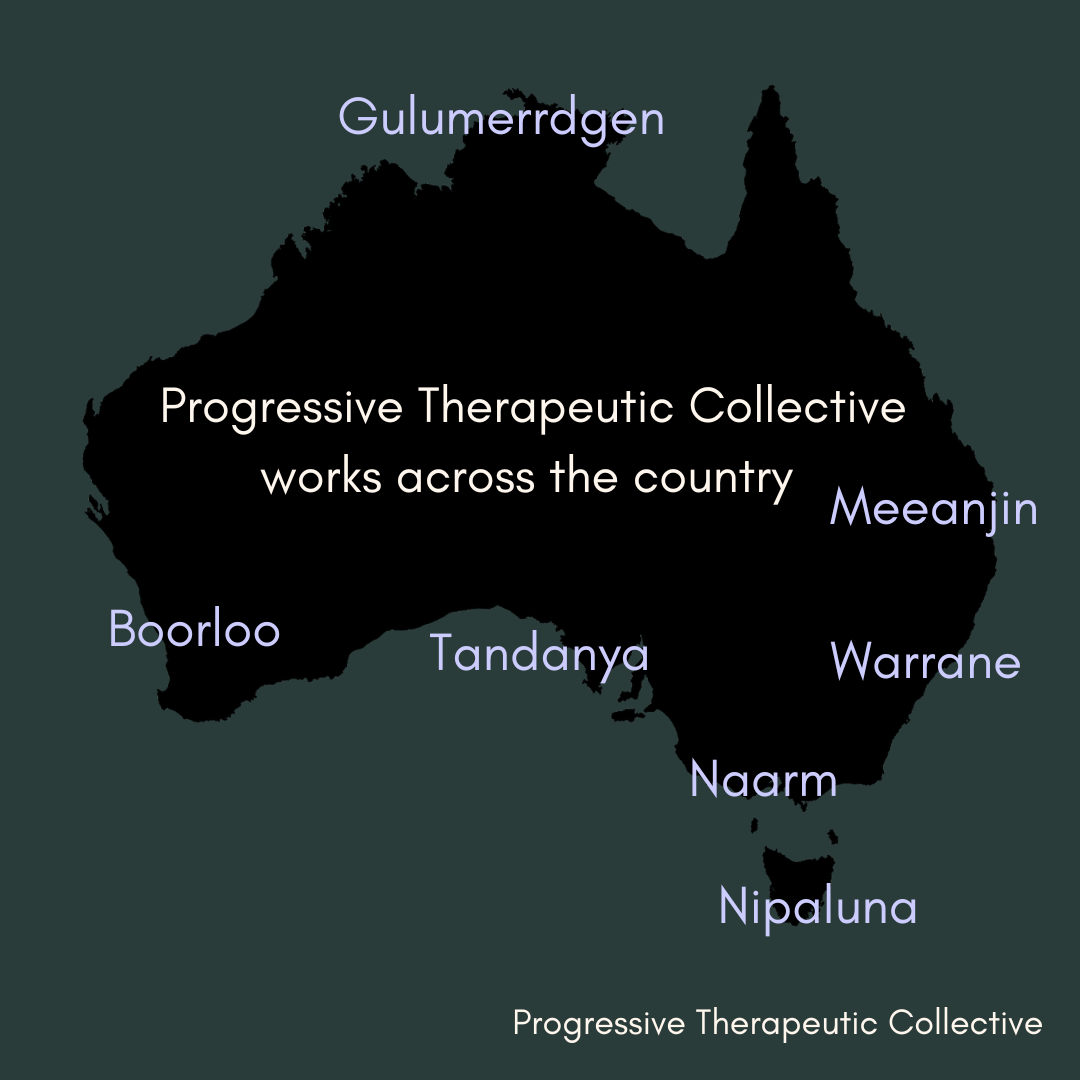What is fascia & how does trauma impact it?
Fascia is a word we’re seeing more in discussions of trauma; but what exactly is it?
A brief explanation of fascia
Fascia is a connective tissue that is found throughout the body.
It is a fibrous layer of tissue that surrounds muscles, organs, and other structures.
Fascia is made up of collagen fibers and elastin fibers, and it helps to provide support and protection to the body's structures. For example, the plantar fascia is a thick band of fascia that runs along the bottom of the foot, providing support and stability to the arch of the foot.
The fascia of the diaphragm helps to separate the chest and abdominal cavities and plays an important role in breathing.
What is the relationship between fascia and trauma?
Trauma can be stored in our fascia in many ways, and it's a complex process that's still not fully understood by science. Some experts believe that the fascia acts as a sort of memory system, recording and storing information about our physical and emotional experiences.
When we experience trauma, the fascia may become tense and constricted, trapping emotions and physical sensations within our body. This can lead to chronic pain, fatigue, and other physical and emotional symptoms.
Some therapies, like myofascial release and trauma-informed yoga, focus on releasing tension in the fascia to help the body heal from trauma.
What are some potential ways of releasing trauma from our fascia?
There are various methods that can be used to release trauma from fascia, some of which include:
Massage therapy: applying pressure to the fascia and muscles to release tension and promote relaxation.
Myofascial release therapy: applying gentle, sustained pressure to the fascia to release tension and restore mobility.
Movement therapy: activities such as yoga, dance, and stretching can help to release stored trauma by increasing circulation, reducing tension, and promoting relaxation.
Acupuncture: the insertion of fine needles into specific points on the body to help release blocked energy and promote healing.
Mind-body techniques: practices such as meditation, mindfulness, and visualization can help to release trauma by promoting relaxation and reducing stress.

